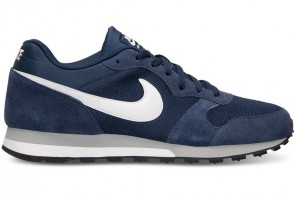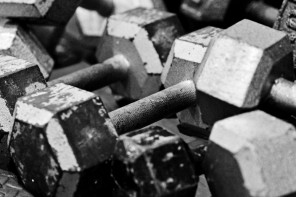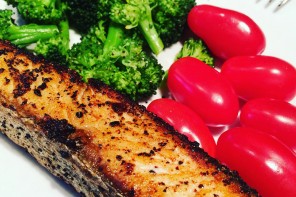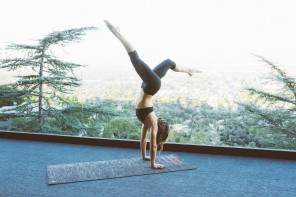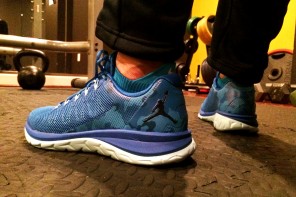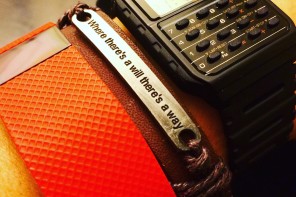
Interview by Walter Grio
Photos courtesy of Alexandra Pullen
Instagram: healthy_ballerina
Alexandra Pullen is a professional ballet dancer with Colorado Ballet. She was born in Nashville, Tennessee, and was raised in Chicago, Illinois, where she began her initial ballet training at a local community center. She trained on scholarship at the Joffrey Academy of Ballet in Chicago under Anna Reznik and Alexei Kremnev and she toured with the Joffrey Trainees to perform as Clara in The Nutcracker Suite. She studied on scholarship at summer programs of the San Francisco Ballet School, School of American Ballet, Pacific Northwest Ballet, and American Ballet Theatre.
In 2012, Pullen competed in the Youth America Grand Prix Chicago Semi-Finals and received a gold medal in the classical category and a silver medal in the contemporary category. She was a Finalist in New York City. In September 2012, Pullen was awarded the Shoot for Change Scholarship to attend the Jacqueline Kennedy Onassis School at American Ballet Theatre, and joined ABT Studio Company two weeks later. Pullen joined ABT as an apprentice in 2013 and was promoted to the corps de ballet in 2014. With ABT, Pullen’s rep included Don Quixote, The Nutcracker, Giselle, Swan Lake, Coppelia, Ashton’s The Dream, Manon, Cinderella, Gaite Parisienne, La Bayadere, and Twyla Tharp’s Bach Partita. She went on tour with ABT to Abu Dhabi, Australia, Washington, D.C., and Minneapolis. This is her second season with Colorado Ballet.
What is your typical day?
I set my alarm for 7:23 AM. I don’t like to rush in the morning, so I wake up with plenty of time. Drinking my morning coffee is one of the highlights of my day and it’s a calming way to start the morning. When I first wake up, I drink as much water as humanly possible. During the night, your body is deprived of water, so it’s important to hydrate as soon as possible (ideally at least 16 oz.). Since I dance in Colorado, drinking adequate water is imperative due to the high altitude. While the coffee is brewing, I do a quick 15-minute Pilates ab series. This isn’t really a workout per se. It’s more of a gentle stretch and a chance to wake up my abdominal muscles. Then, I get to have breakfast and coffee.
Although performing is the highlight for most dancers, the reality is that we spend most of the time rehearsing. Rehearsing all day is oftentimes mentally less taxing, but more physically exhausting. Every day, we have technique class to warm up from 9:30-10:45, and then rehearse 11-6 with an hour break for lunch. Class is a slightly varying set of exercises with a strict order and it is a ritual that ballet dancers complete every workday. It sets your body up for rehearsal, keeps your technique up, and keeps you in shape. When I first transitioned from a student to a professional, I found myself slacking off in class a lot. Without a teacher screaming at you anymore, it’s easy to take this newfound freedom and run with it. I also wasn’t accustomed to the physically demanding schedule of a professional dancer. The schedule of a professional compared to a student is much more grueling. As a student, class is your main event, whereas for a professional it just serves as a warm up for rehearsals. If an injury is bothering you, it isn’t smart to push yourself too much in rehearsal because giving 100% in rehearsal is the priority. Ultimately, you only hurt yourself by skipping combinations and taking it easy in class. I quickly found myself getting out of shape, having difficulty maintaining my level of technique, and losing the muscle tone that dancers work so hard to achieve. Since my rocky start, I have found a better balance. A coworker that I admire gave me a bit of wisdom that I’ve adopted as my new motto and approach to work: “If it hurts, don’t do it. If you’re just tired, do less.”
After work, I’m usually completely physically and mentally exhausted. Depending on the day, I go to the gym to cross train after work if I’m not too tired. Also, I try and do a little bit of schoolwork each day so I don’t find myself slaving away my entire weekend.
What kind of meals do you prepare to fuel your body?
I have a serious passion for breakfast! My favorite breakfast is definitely some variation of oatmeal. Oatmeal doesn’t have to be boring mush. I think of oats as a canvas for my breakfast creation. Lately, I have been loving overnight oats made with a scoop of protein. The fiber from the oats and the protein from the chia seeds, nut butter, and protein powder keeps me sustained and fueled. I’m a vegetarian; so including a quality source of protein in the morning has really made a big difference for me. Another favorite is whole grain toast with peanut butter, banana coins, cinnamon, and hemp seeds (a protein-rich seed that does NOT include THC).
Alexandra’s Recipe for Overnight Oats
Mix all of the ingredients the night before and store in the fridge. In the morning, give it a stir and add your desired toppings (I love diced apple and almond butter).
1/3 cup oats
2 tsp chia seeds
½ cup almond milk
1 scant scoop of Whey Natural USA vanilla protein powder
a dash of cinnamon
1 tbsp coconut shreds
a few raisins
1 tsp Philosophie Superfoods Berry Bliss
Fueling throughout the day can be tricky because I don’t like to dance on a super full stomach. There is nothing more uncomfortable than dancing a pas de deux while burping up the sandwich you had for lunch in your partner’s face. That being said, I love a good veggie sandwich for lunch if I don’t have to dance straight away. A lot of people are terrified of bread with the “gluten free” trend gaining momentum, but I personally love bread. I don’t have celiac disease or a gluten intolerance, so I don’t see a point in avoiding gluten like the plague. As long as it’s unprocessed whole grain, I think it’s fine. Just like anything in life, moderation is key. Usually for lunch I just snack throughout the day. We have 5-minute breaks every hour so I can always snack then. Combining these throughout the day equates to a meal in caloric value. My favorite snacks include: Larabars, veggies and hummus, whole grain pretzels, Greek yogurt mixed with Philosophie Superfoods Green Dream powder, Purely Elizabeth granola, rice cakes, and hard boiled eggs. If I have time to sit down for a proper lunch, I have salads with quinoa, wraps with hummus and veggies, or avocado toast with a poached egg.
Lunch is usually a combination of different snacks eaten throughout the workday. I usually try to escape the studios during my lunch break for some fresh air and coffee and my favorite local shop. My go-to order is a nutmilk latte with a bit of honey and cinnamon.
Once I get home, I’m usually pretty ravenous. I have recently discovered crockpots, which has been a lifesaver for easy weekday meals. Usually for dinner I have a big kale salad with tempeh and roasted sweet potato, curry with brown rice, veggie stir-fries, meat free chili with quinoa, soup with bread, or quinoa salads.
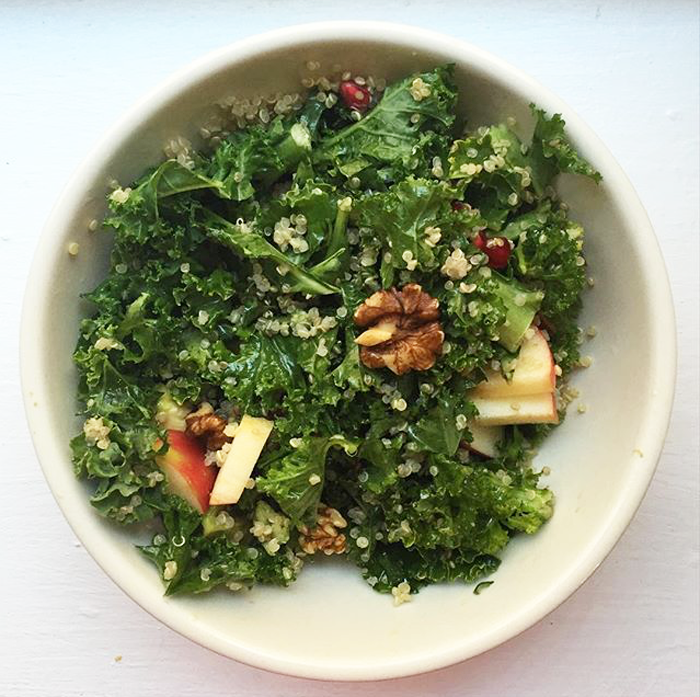
What do you think is important when preparing meals?
I don’t count calories, mostly because I’m lazy and I think counting nutrients is more important. When it comes to calories, your body doesn’t understand an arbitrary numerical value that you select as an acceptable amount to feed your body. Nor is there a magic number that is going to make your body say, “I don’t need these five extra pounds.” However, I am aware of the nutritional value of the foods that I eat. Meaning, if I know something is calorically dense, I don’t eat it in abundance, even if it’s healthy. I believe counting nutrients is more important than counting calories. That doesn’t translate to “go eat a tub of almond butter because it has nutrients.” It just means that not all calories are created equal. I believe in eating for energy and eating intuitively, which is sometimes easier said than done. Regardless of activity level, sometimes your body needs more or less energy. This can be due to variance in stress levels or hormones. Some days I’m not incredibly hungry and sometimes I can’t seem to feel satiated. I think the most important thing is to listen to your body. Just remember that your body is an intricate and intelligent system. Just as your body sends pain signals to your brain when you are hurting yourself, your body sends messages like hunger pangs for a specific purpose.
Is it possible to be vegetarian or vegan and be an athlete?
Protein is one of the most important nutrients for an athlete and I believe that plant based protein sources are superior to animal sources. I find that not eating meat actually helps my athletic performance. Plant protein sources are more easily absorbed and digested much faster. Meat contains no fiber, so it takes a lot of energy to digest. Therefore, eating a vegetarian diet is the most efficient form of fuel for an athlete, in my personal opinion. For health reasons, I have incorporated eggs, whey protein, and Greek yogurt into my diet because they are dense sources of protein that are easily accessible and cheap. I still mostly eat vegan, but since making this change, I have found that my muscles recover quicker and cramp less. And I haven’t been craving the extra sugar every day after dinner. Back when I ate a 100% vegan diet, I was not getting enough protein, but it’s totally possible to get enough protein for an athlete on a vegan diet. That said, the necessary planning is time consuming. I also have IBS, which makes it difficult for me to consume large amounts of vegan protein sources. I will never eat meat though because it’s really not necessary for me to survive or for my athletic performance. I want to live my values and abstaining from eating meat is part of who I am.
How about desserts?
I definitely have a sweet tooth. I feel that the only thing that everyone needs to be conscious of, regardless of his or her unique dietary restrictions or preferences, is their sugar intake. I have an inner conflict about this because I also love dessert. I’ve found that if I eat more protein throughout the day, I actually crave less sugar. If I do really want dessert, a few squares of dark chocolate usually does the trick. And a trip to the ice cream shop at the end of the week never hurt anyone!
What exercises do you recommend for gaining strength and flexibility?
For anyone from athletes to your average Joe, yoga is a fantastic form of exercise. I especially love Hot Vinyasa Flow classes. Vinyasa is a more active type of yoga, and it’s the perfect balance between building strength and promoting flexibility. Not to mention, it calms the noise of the mind. It really gets you moving and the added heat makes you sweat out all of the bad toxins, which makes you feel amazing. Also, the extra warmth makes you more flexible, so even people who aren’t particularly flexible to begin with can push themselves more.
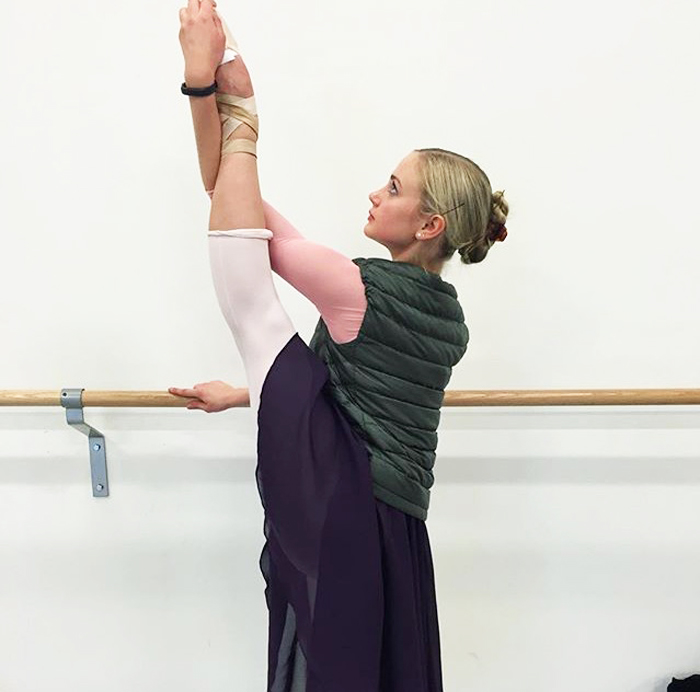
What are your favorite activities outside of dancing?
Depending on the rep we’re working on, I may have six hours of rehearsal, or I may have just a few. Sometimes I’ll have a 2-hour break midday and I’ll go to the gym. Or when I feel like I haven’t done much in rehearsal, I head over to the gym for a Vinyasa yoga class or a cardio session. I try to go at least 3-4 times a week, but not overdo it. I believe that cross training is invaluable to dancers. I also do core exercises and Pilates every day. I love working out on the Pilates Reformer because you can target muscle groups specifically used in balletic movement. My favorite form of exercise is definitely swimming because it’s low impact and frees up my joints after a hard day of rehearsals. When I’m in off season, I still take ballet technique class at least 5 days a week and I go to the gym at least 5-6 days a week. I also take a full day to rest my body and my mind.
What do you think about walking as an exercise?
I love walking as a form of exercise. When I have time off and I’m in NYC, sometimes I won’t go to the gym because I’m walking so much. The best part about walking is that you can do it anywhere and it’s totally FREE. I recently bought a step tracker, and it’s really interesting to see how quickly the miles add up. I think that everyone should aim for 10,000 steps a day. Especially if you’re at a desk 9-5 and don’t feel like working out every day, hitting your steps goal at least ensures that you’re not completely sedentary. Ways to increase your daily step mileage include: walking instead of driving, stepping out of the office during your lunch break, taking the stairs instead of the elevator, or going for a walk while you’re taking phone calls!
Based on what you know now, are there some things you would have done differently in the beginning?
I wish that I could remind my younger self to stop comparing to others. This applies to all aspects of life: career paths, relationships, physical appearance, diet, and fitness. Every body is different, so you truly just have to find out what works for you through trial and error. There is no “one size fits all” diet or exercise routine, and there is no such thing as a “perfect” body. Just because someone has a beautiful body that looks different from yours, it doesn’t mean that your body isn’t equally as strong and beautiful in a different way. You can appreciate the beauty of others without negating your own worth. I think being comfortable with yourself and your body comes with age, but the sooner the better. It sounds cheesy, but the more you show your body the love and respect it deserves, the happier you’ll be. It’s the only body you’ll ever have. When I’m being too hard on myself, my general rule of thumb is, “If you wouldn’t say it to a best friend, don’t say it to yourself.”





